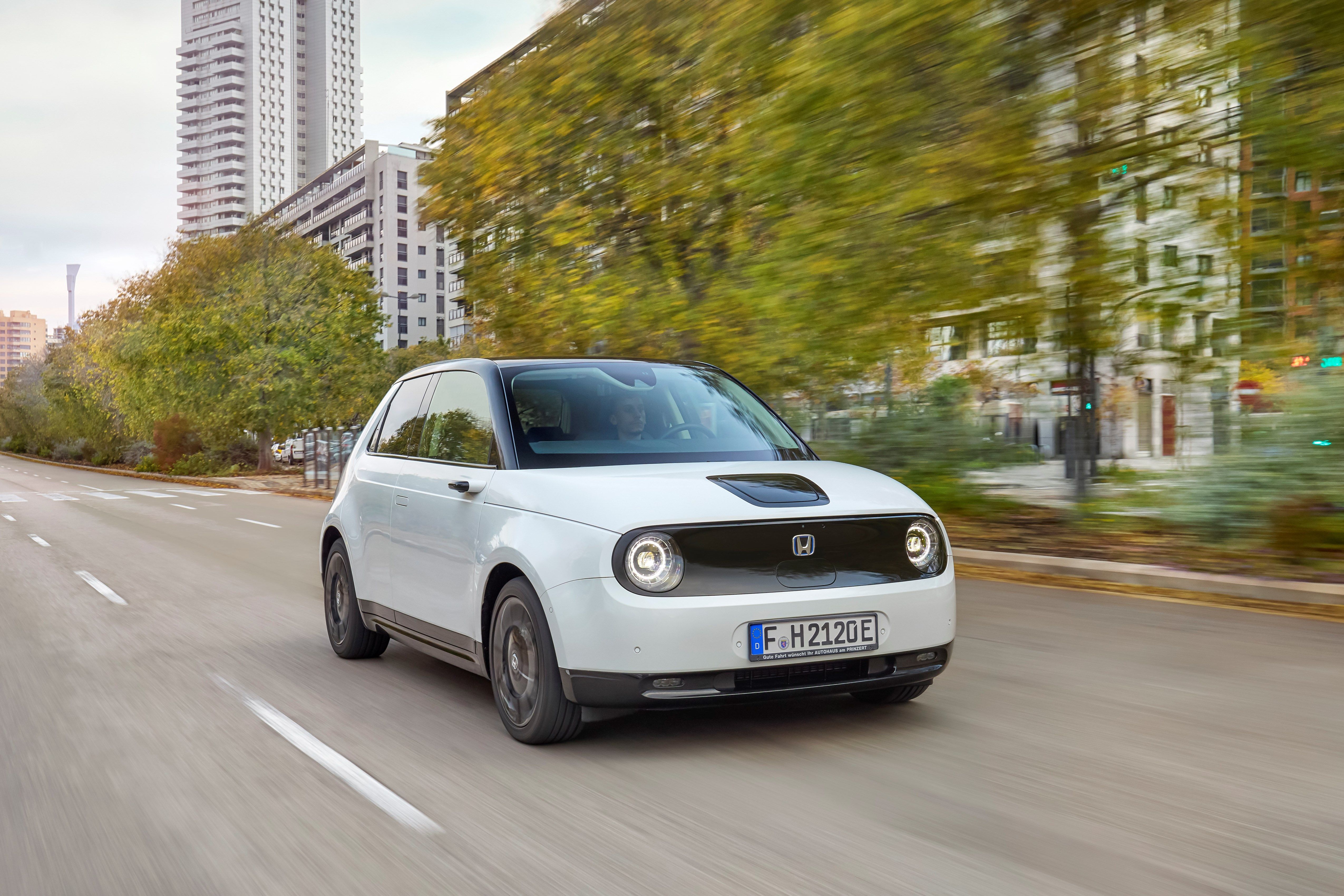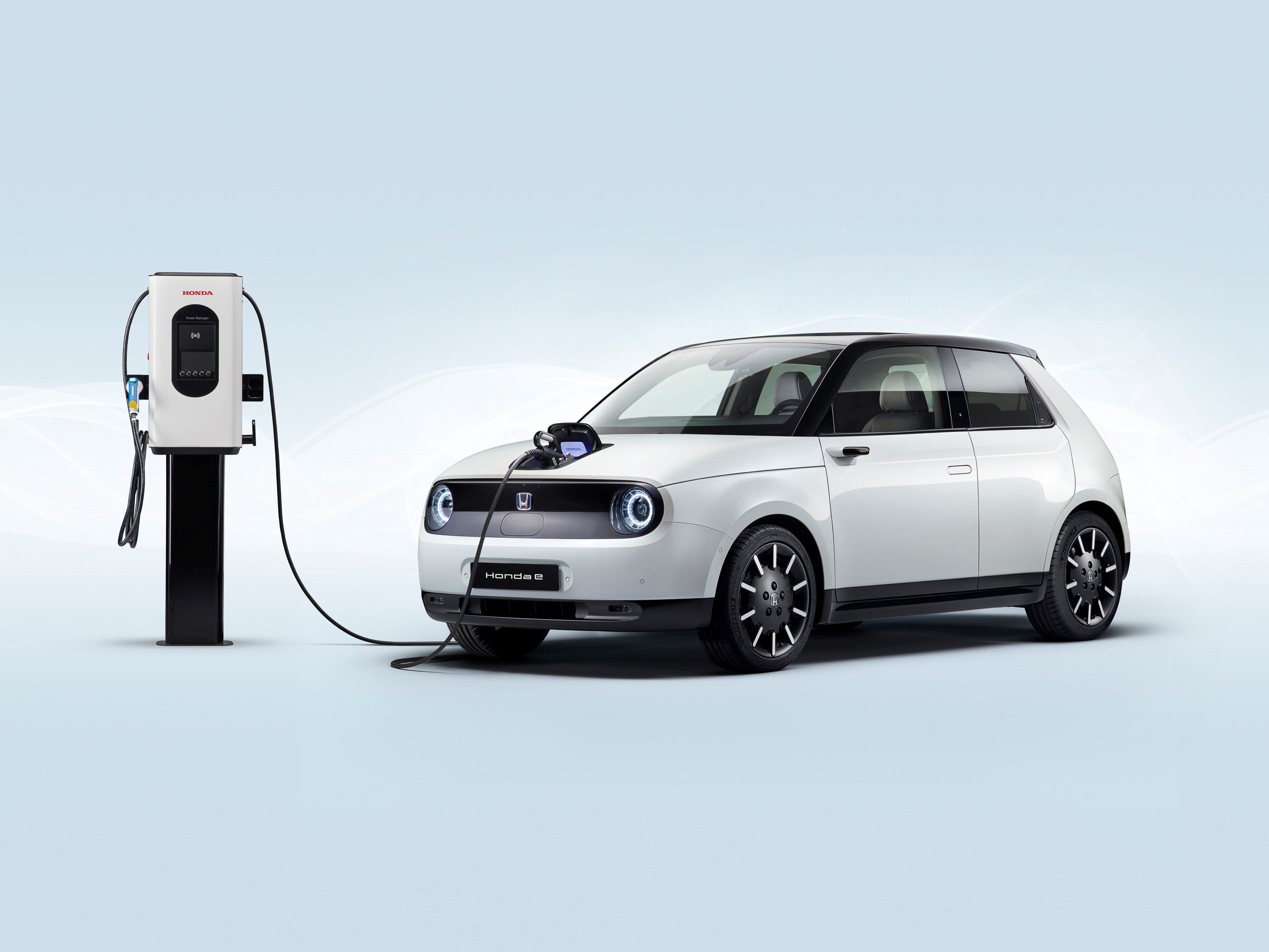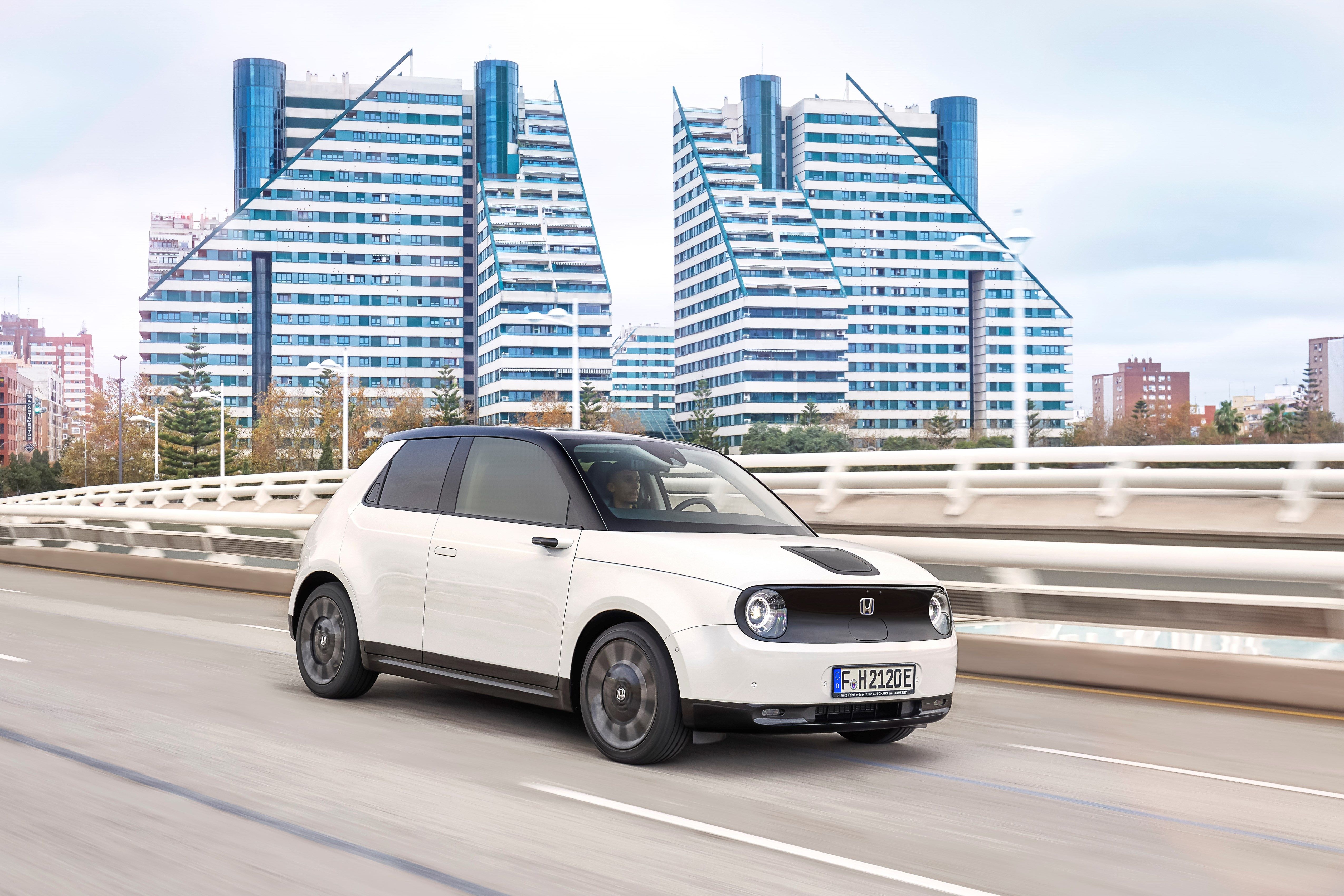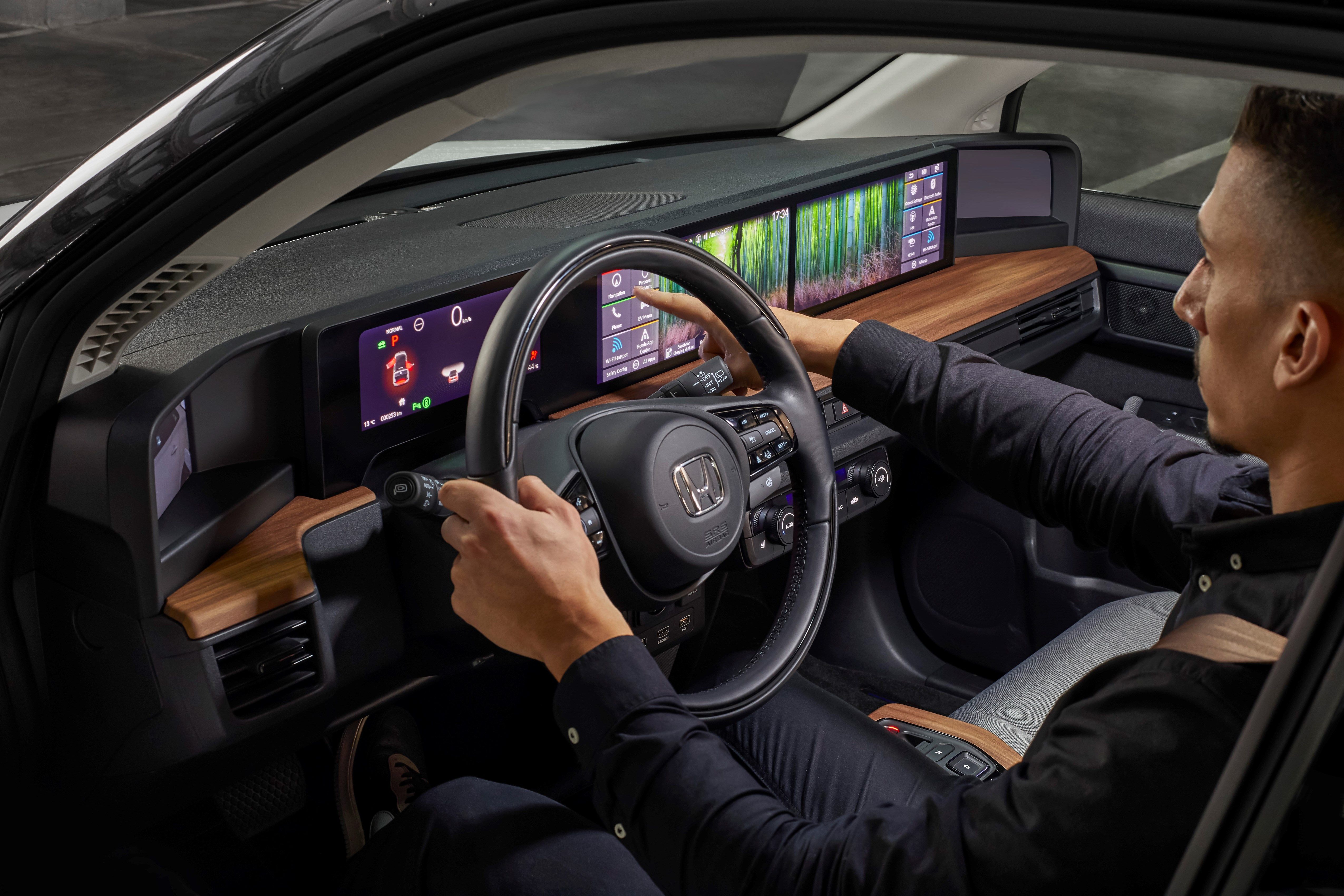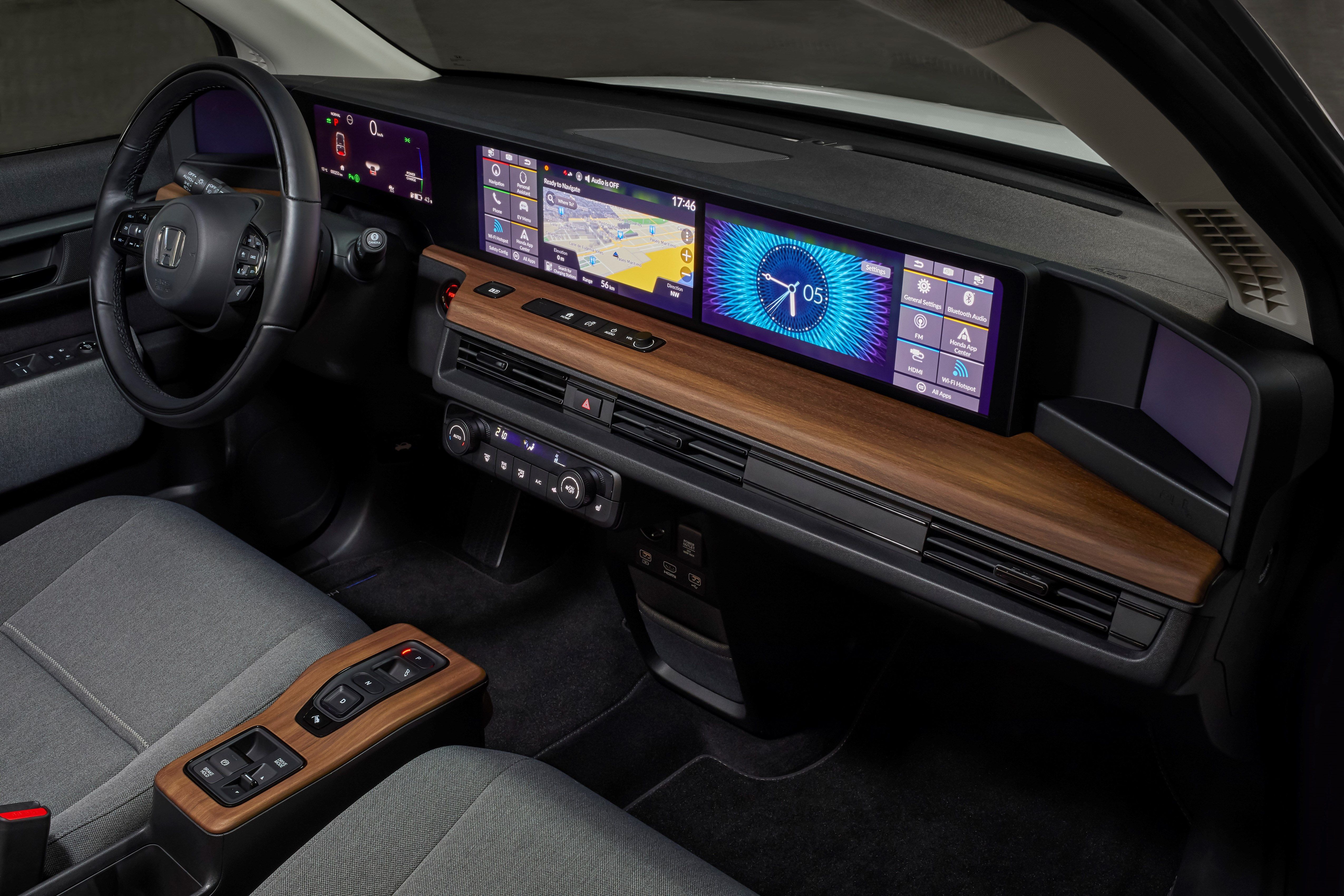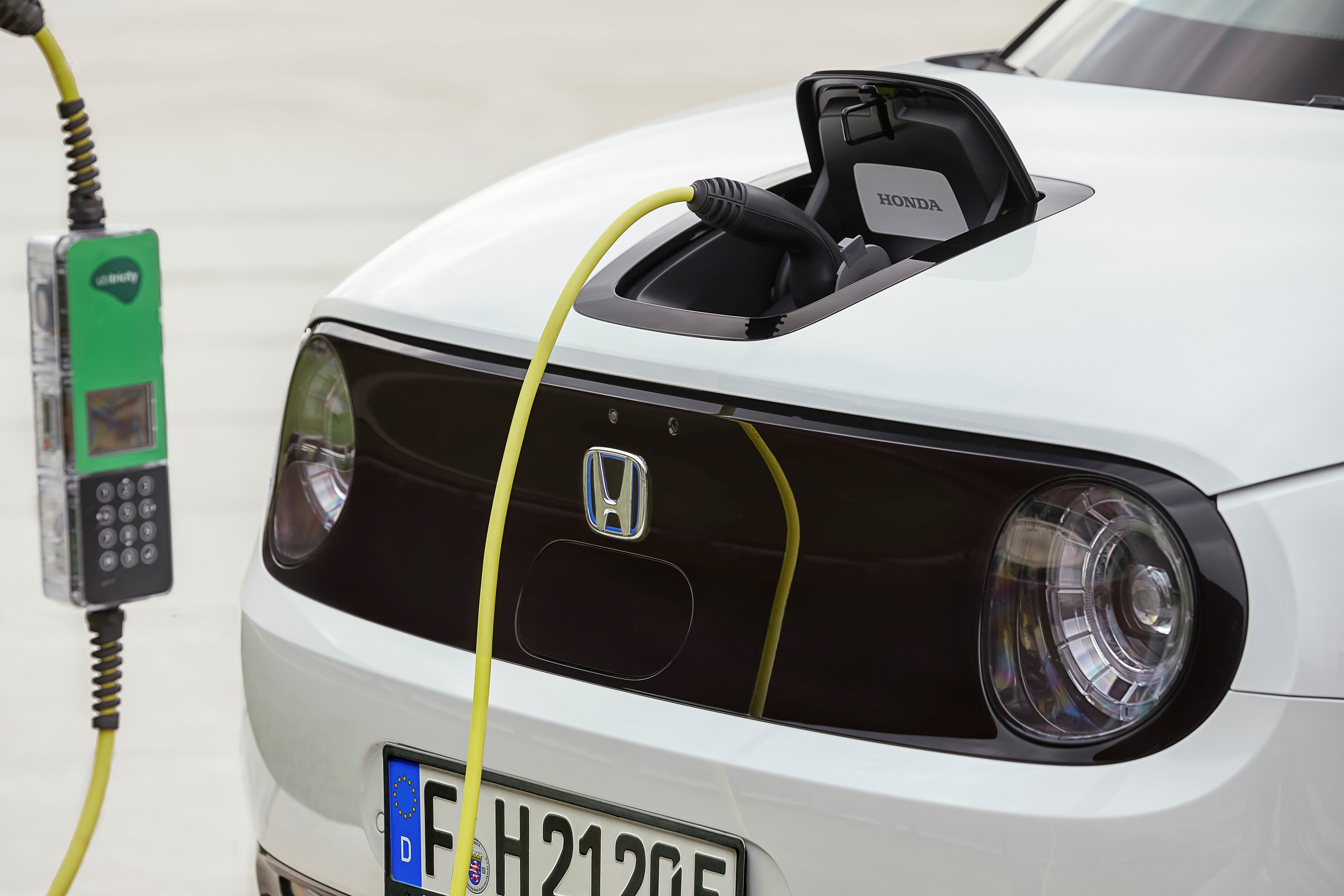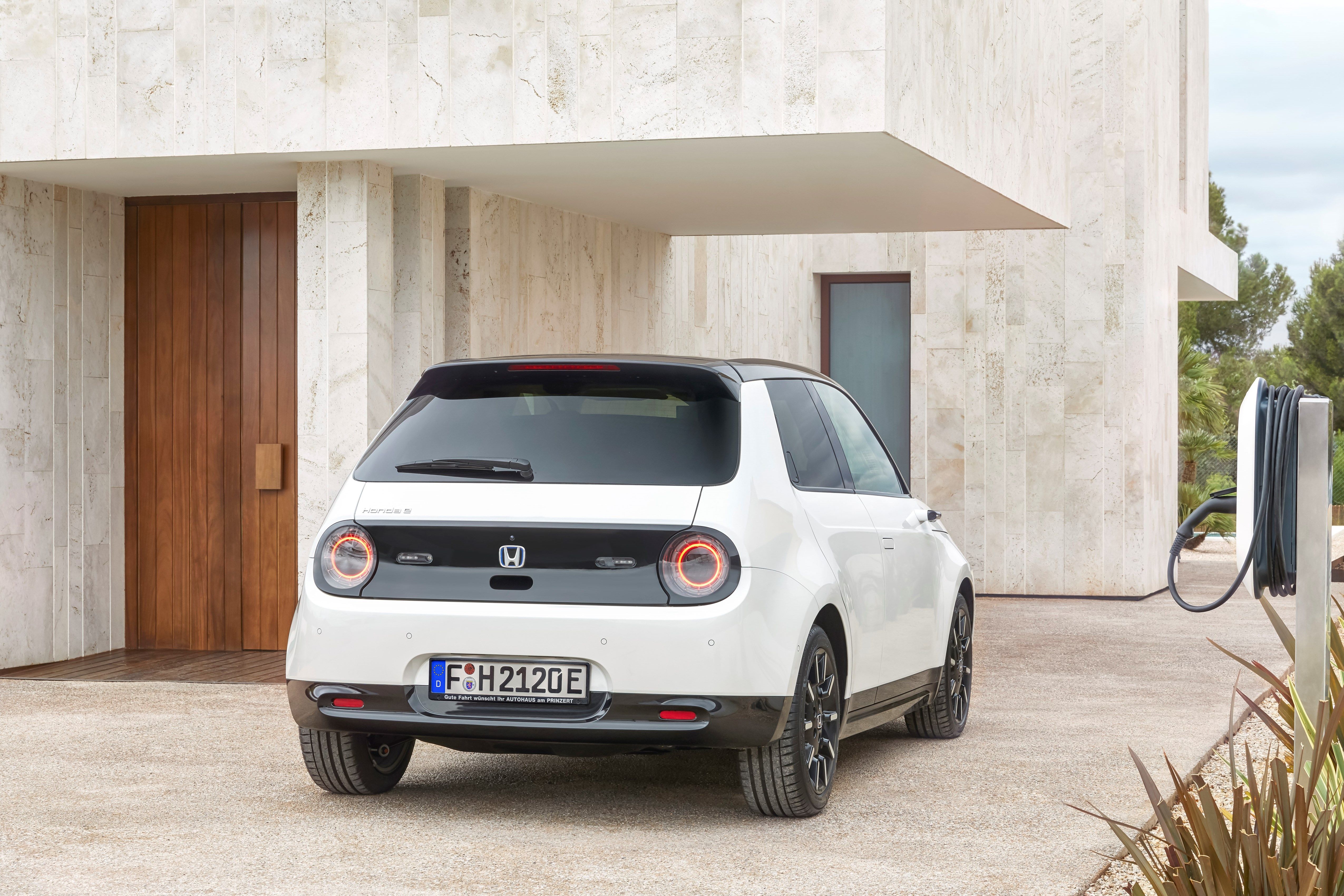Honda launched its cute little EV at the Geneva Show in 2019. The e features retro looks with modern technology and that caught everyone’s attention. Although the prototype was first seen in 2017, the e was in near-production form at last year’s Geneva show.
In September 2019, more details followed, and now, Honda has finally revealed all the details for this urban commuter. Honda had initially planned to get the e to the States first, but decided to launch it in Europe due to fear of low demand there. Here’s what Honda has revealed until now:
Decent Power Outputs For A City Commuter
Both trims will produce 232 pound-feet of torque. While the former takes nine seconds to hit the 62 mph mark from a standstill, the higher trim will touch the same mark in 8.3 seconds. Power will be sent to the rear wheels only. Also, the Honda e measures merely 153 inches in length; so the small footprint makes it a good for city rides. Thanks to this size, it features a turning radius of just 14.1 feet (4.3 meters)!
Honda e specifications
|
Engine Type |
BEV |
BEV |
|---|---|---|
|
Driven Wheels |
RWD |
RWD |
|
TRANSMISSION |
|
|
|
Transmission Type |
Automatic single speed Fixed Reduction Gear |
Automatic single speed Fixed Reduction Gear |
|
PERFORMANCE |
|
|
|
Electric Motor Max Power |
143 HP |
152 HP |
|
Electric Motor Max Torque |
232 LB-FT |
232 LB-FT |
|
0 → 62 mph (seconds) |
9 |
8.3 |
|
Max Speed (mph) |
90 |
90 |
|
All-electric range (WLTP) |
138 miles |
138 miles |
Single Pedal Control System
We’ve seen a similar setup in the Nissan Leaf as well. When the A-pedal is pressed, the car will accelerate as normal, and when it’s released, it starts braking. Since braking is a lot more aggressive than in the case of bringing the car to a slow halt, it also helps recuperate energy which then gets send back to the battery. The Single Pedal Control improves driving efficiency in urban environments and reduces the need to use multiple pedals, making the drive more engaging, exciting and seamless with maximum control for the driver.
The e Is High On Technology
The two screens on either ends show all the action happening behind. Yes, it does not feature the conventional wing mirrors. Honda has also equipped its Parking Pilot technology that helps you find parking spots and automatically parks your car for you. This is possible thanks to the four cameras and 12 sonar sensors placed all around the car.
Honda says this improves aerodynamics and reduces blind spots by 50 percent. The U.S. is yet to make these legal in mainstream cars, but that is expected to happen soon. One screen behind the steering wheel throws up all the information as seen in a conventional car’s instrument cluster, whereas the other two are touchscreen systems.
Dual Touchscreen Infotainment Systems
The two 12.3 touchscreen displays in the middle of the dash can be used for a variety of things. Honda has offered an HDMI port and cable to watch movies while the e is charging. Another useless, but very intriguing feature is the ‘Aquarium’. You can choose this option and a virtual aquarium appears on the screen. You can even choose how many fishes you want in there! Talk about killing time while charging the e!
Battery and Charging
On paper, the 138-mile range sounds absurd. However, the e is positioned as an urban car and it’s not all that bad. The Mini Cooper Electric, its direct competitor, is powered by a 42-kWh battery pack that can drive 153 miles on a single charge in “optimum conditions”. The tiny Fiat 500e offers 84 miles on a full charge. So, the e doesn’t offer the best range, but it’s not the worst either.
The batteries are placed under the floor, just 50 centimeters above the ground. This helps the e achieve a good drag coefficient, 50:50 weight distribution, and stability at higher speeds. Well, it doesn’t go beyond 90 miles per hour, but still. The charging port, on the other hand, is placed bang in the center of the hood.
At a charging station, it’ll take 4.1 hours to replenish using a 7.4-kW charger. And, using a 50-kW CCS charger, it’ll take 30 minutes to charge from 0 to 80-percent.
The Honda e Is A Tad Bit Expensive
A Honda e will be launched in the U.K. and Germany and will begin shipping in the summer of 2020.
In comparison, the Mini Cooper SE starts at $29,900. Yes, the e is cute and everything, but isn’t it priced at a premium for what it offers? Share your thoughts with us in the comments section below.

